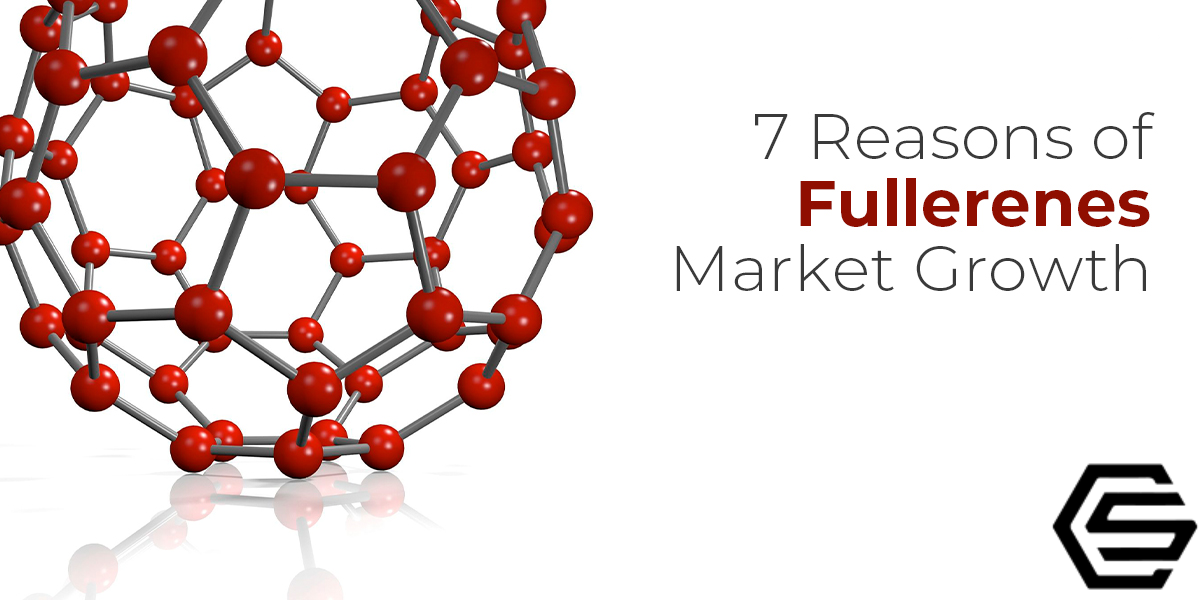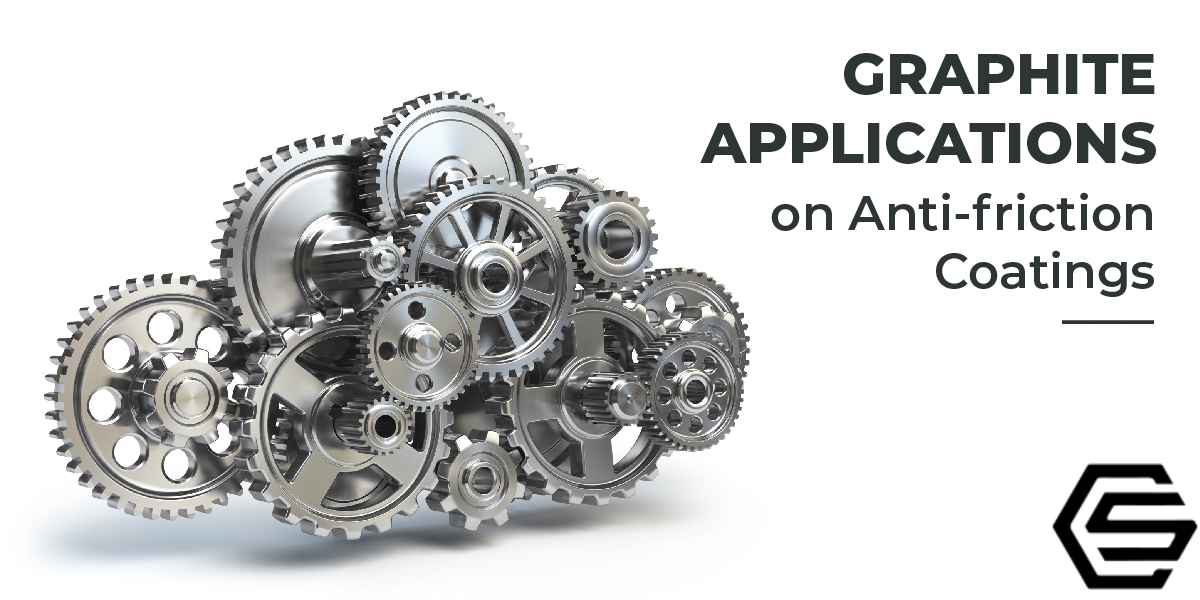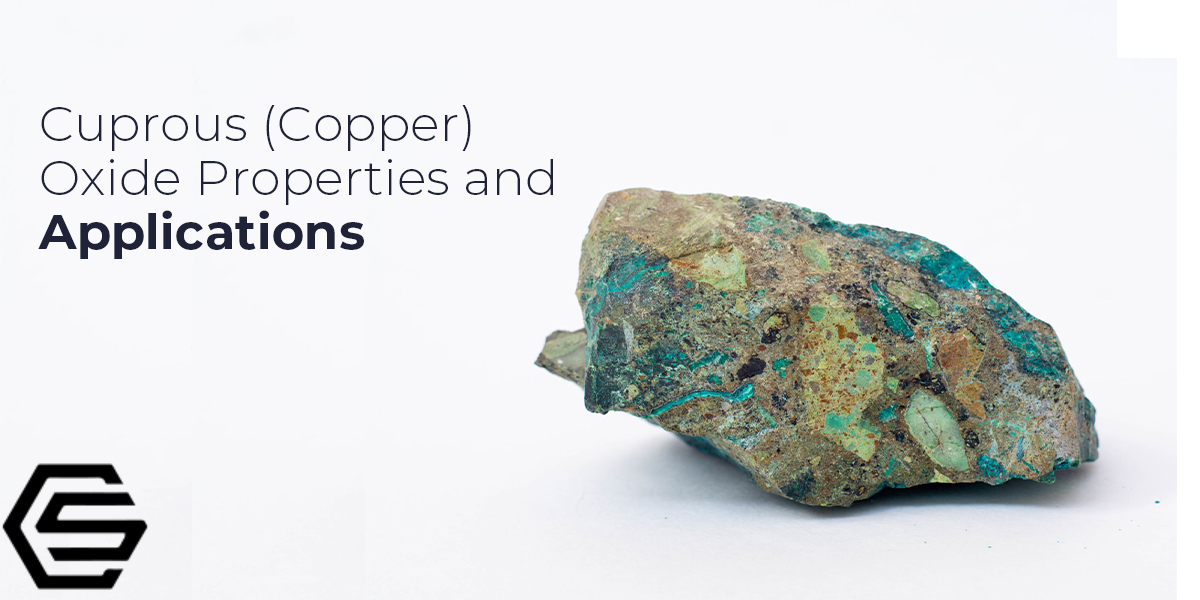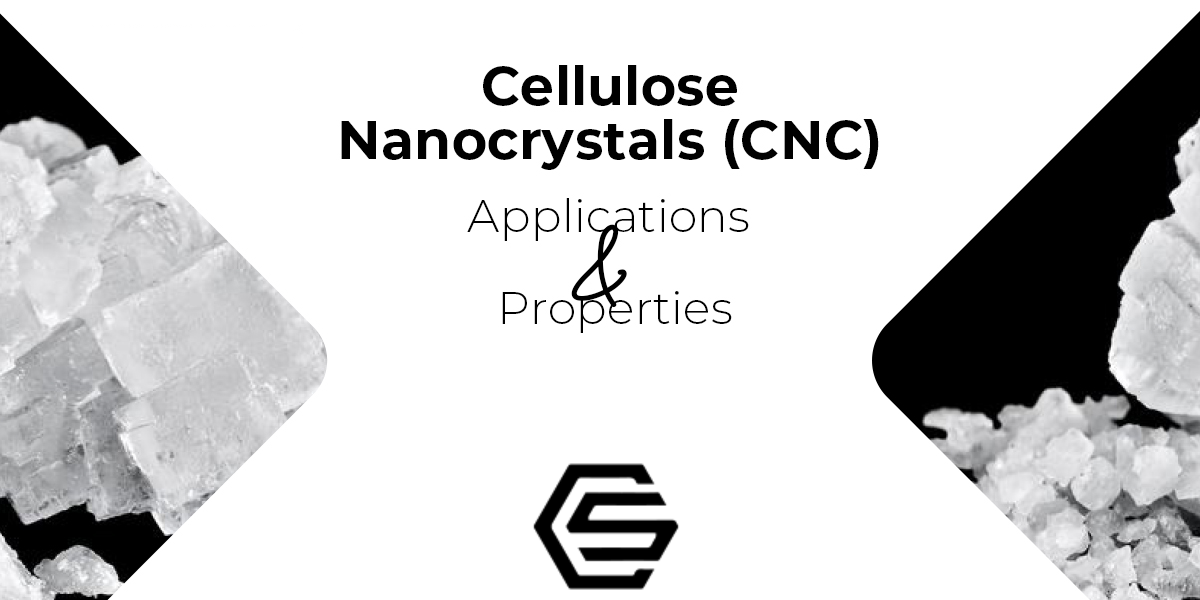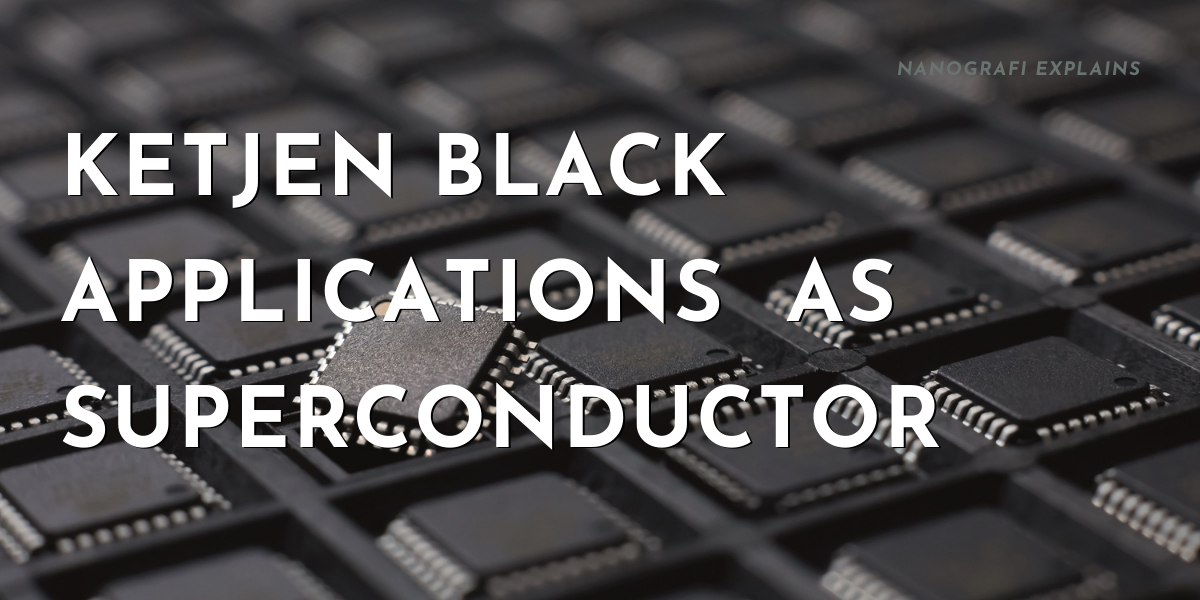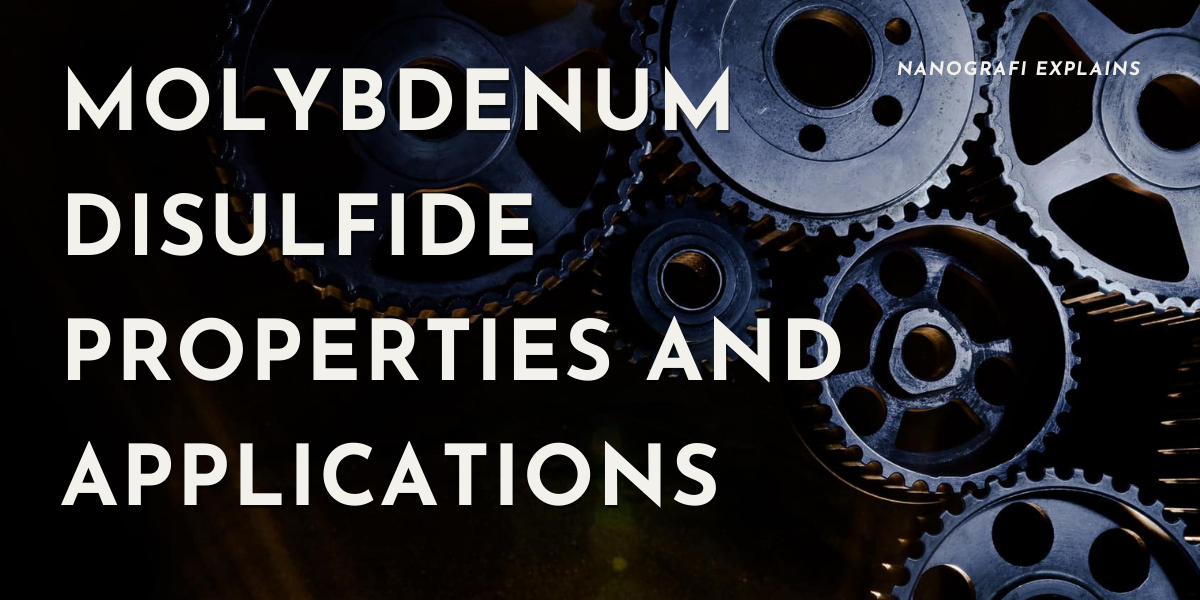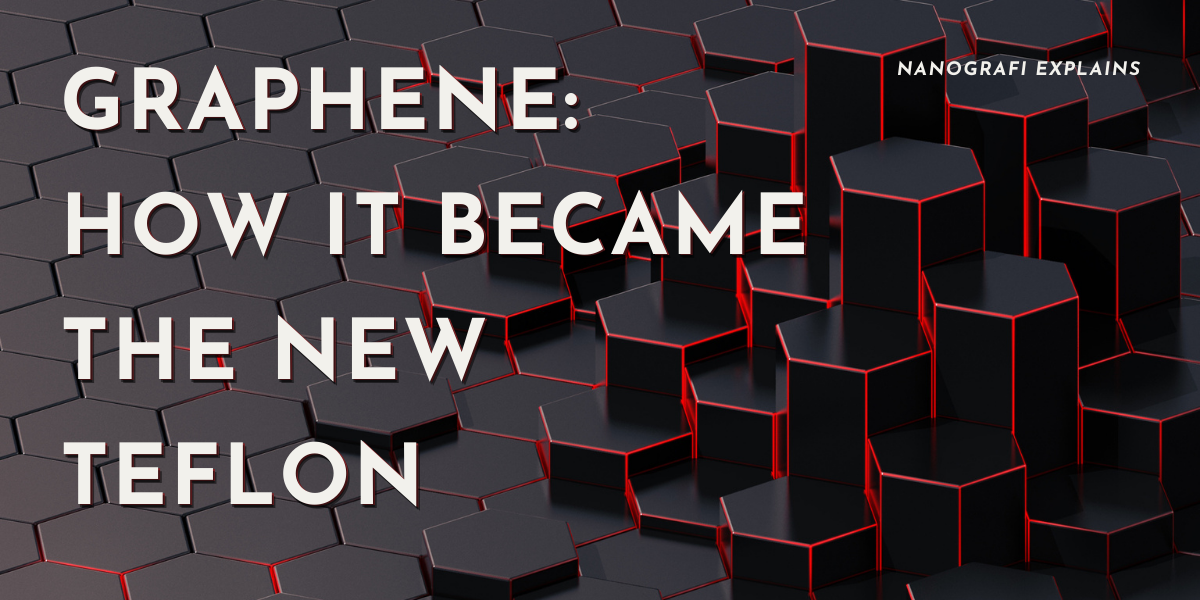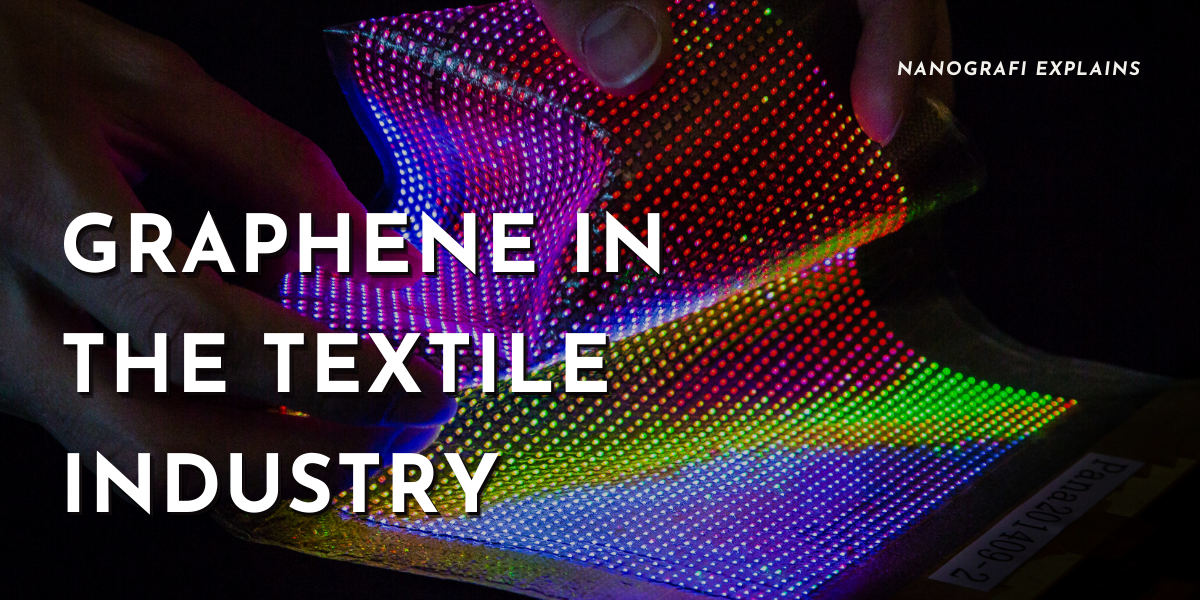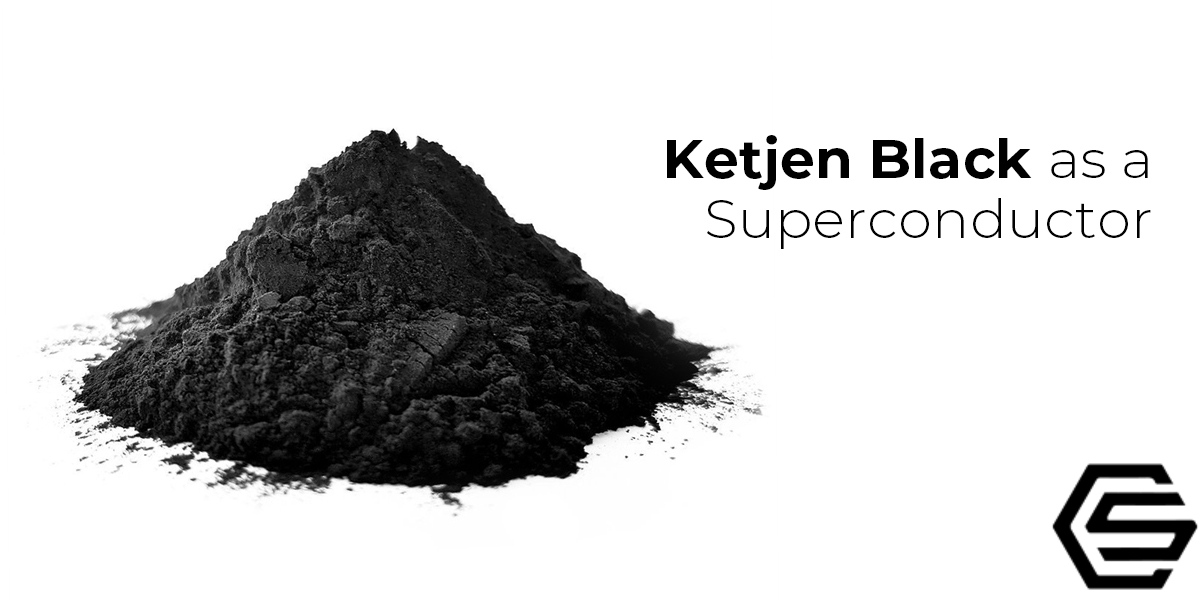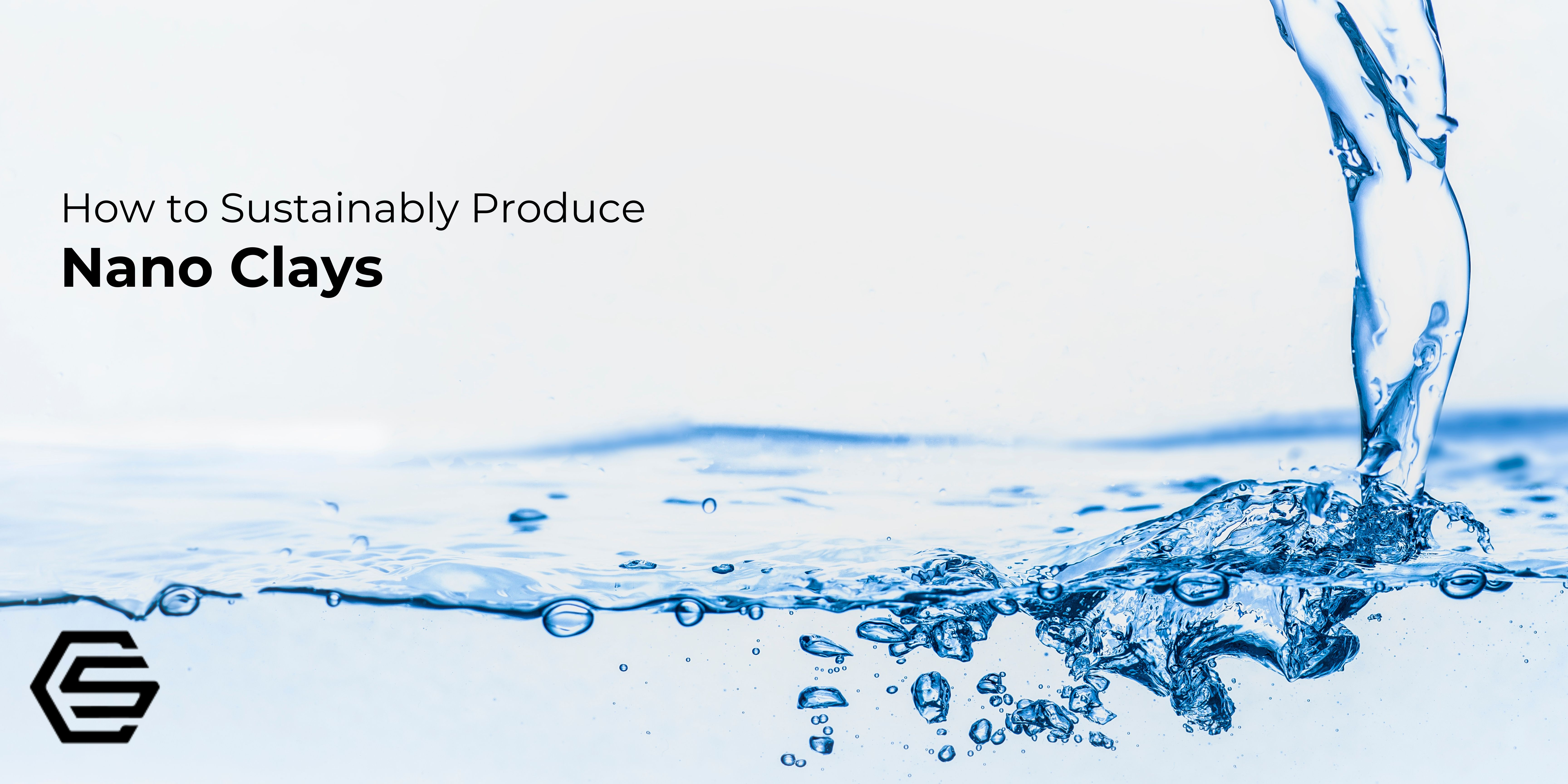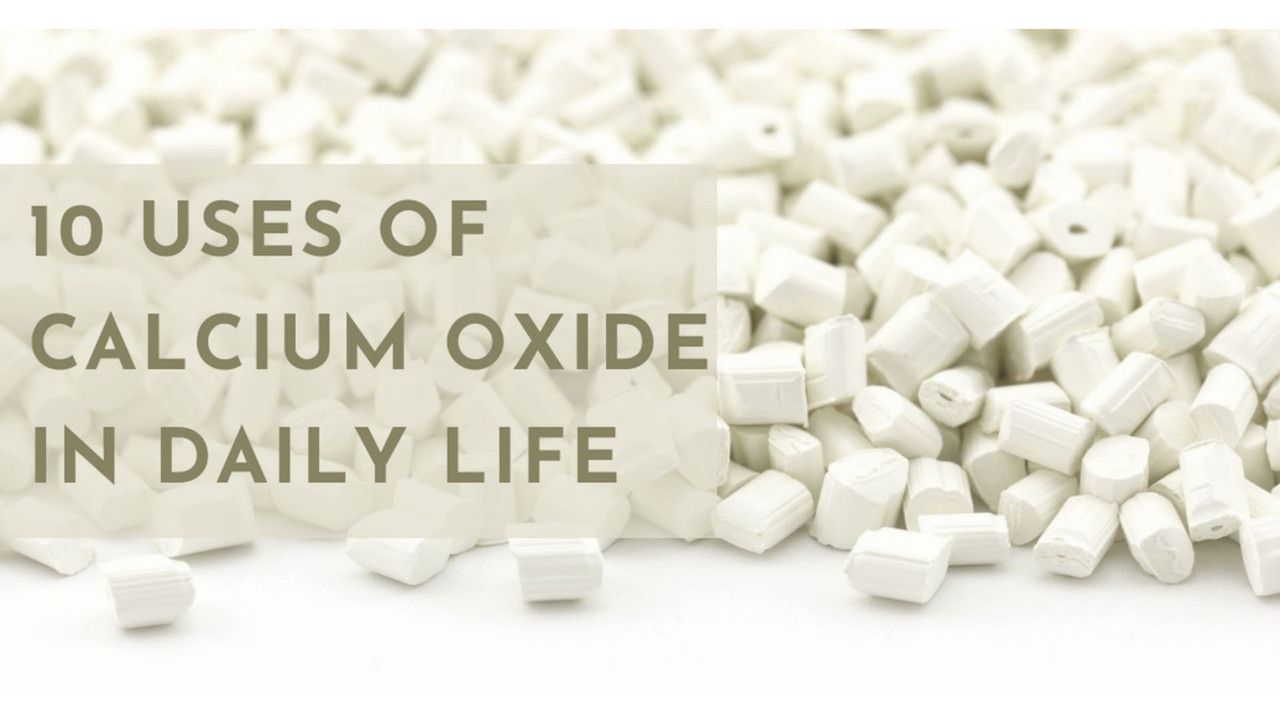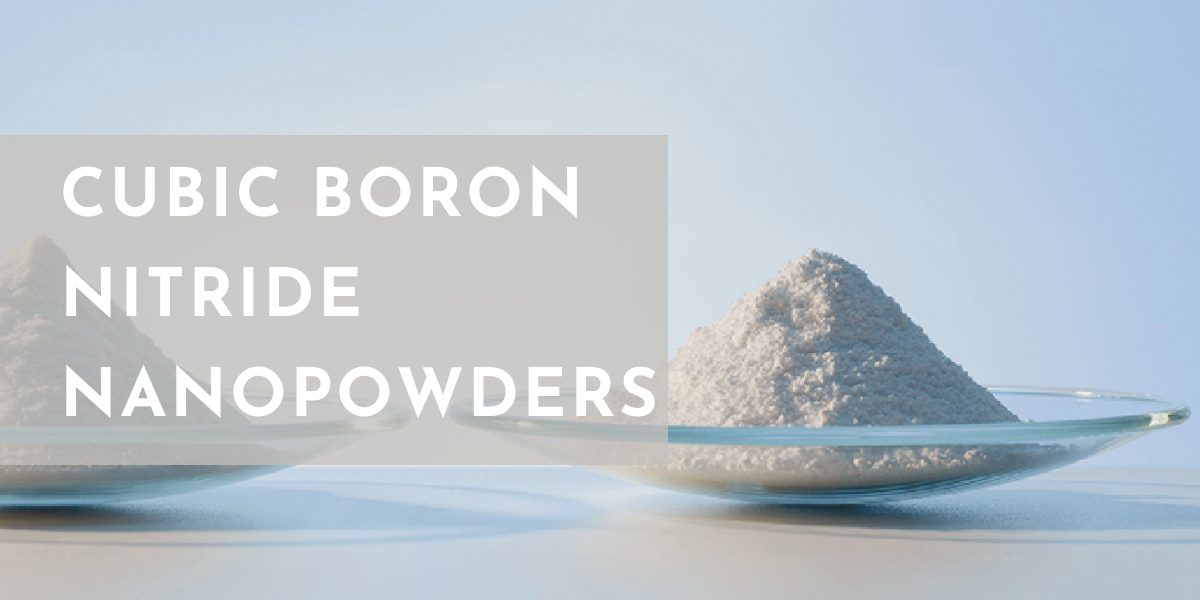Fullerene is a carbon allotrope consist of carbon atoms attached via single or double bonds.These molecules have rich characteristics and potentially strong properties which enable them to work effectively.
There are so many reasons which enhance the production and credibility of fullerenes and out of all those seven are briefly explained in this article. A maximum number of applications are said to be discovered in the field of medicine and are proving as an outclass representation of this molecule.
Introduction
Fullerene is carbon's allotrope. The molecule of fullerene is made up of carbon atoms that are linked by double and single bonds for forming a partially closed or closed mesh, with fused rings of seven to five atoms. The sizes and shapes of the molecule can vary, it can be a tube, ellipsoid, hollow sphere, or various others. Graphite's isolated atomic layers are known as graphene, which is a flat mesh of regular hexagonal rings, and its also known as the family's extreme members.
Closed mesh topology
The fullerenes that have a closed mesh topology are denoted informally by their empirical formula which is often written as Cn. In Cn, n shows the number of carbon atoms. Although, there may be are more than one isomer for some values of n.
Naming
Buckminsterfullerene (C60) is the most famous family member and it was named after Buckminster Fuller and the family is named after buckminsterfullerene (C60). C60 and other closed fullerenes are informally known as buckyballs due to their resemblance with the association football's standard ball. Bucky onion is the name for the nested closed fullerenes. Cylindrical fullerenes are known as buckytubes or carbon nanotubes too. Fullerite is the bulk solid form of mixed or pure fullerenes.
Prediction
The prediction of fullerenes has been around for a long time but they were confirmed to be true only after their detection in outer space and nature in 1985. Fullerene's discovery significantly expanded the number of carbon's known allotropes, which had been restricted to diamond, graphite, and amorphous carbon like charcoal and soot in the past. Due to their technological applications in nanotechnology, electronics, and materials science especially, and their chemistry, they have gone through intense research.
Source of attraction
Since their discovery in 1985, a huge amount of attention has been gained by fullerenes in various scientific fields. Promising information has been yielded by investigating the biological, chemical, and physical characteristics of fullerenes. They are an appealing subject in medicinal chemistry because of their electronic configurations, three-dimensionality, hydrophobicity, and size. They are a potential therapeutic agent because of their remarkable carbon cage structure coupled with extraordinary scope for derivatization. A huge amount of attention has been gained by studying their biological applications, despite carbon spheres' low solubility in physiological media.
Properties of Fullerenes
Excellent physical, electrochemical, and photo characteristics are possessed by the fullerene family, particularly C60, and these characteristics can be used in numerous fields of medicine. Fullerene has the capability of fitting inside the HIV proteases' hydrophobic activity, and thus they can inhibit the substrate's access to the enzyme's catalytic site. Fullerene can be utilized as an antioxidant and radical scavenger. Singlet oxygen can be formed in high quantum yields by fullerene at the same if it is exposed to light. DNA can be cleaved by using this action, together with direct electron transfer from the excited state of DNA bases and fullerene. Moreover, fullerenes were also being utilized as a carrier for drug and gene delivery systems. They are also utilized as MELDI material for serum protein profiling and biomarker discovery.
Topology
Due to the two-dimensional projections being not ideal, researchers use Schlegel diagrams for clarifying the 3-dimensional structure of the closed-shell fullerenes.
Open fullerene
Graphene and carbon nanotubes are some of the open fullerenes that can be made up of hexagonal rings entirely. Theoretically, If there is a long nanotube and its ends are joined for forming a closed torus-like sheet then it can also be made up of hexagons completely.
Bonding
As each of the carbon atoms is connected to only 3 neighbors, and not 4, describing those bonds as being a mixture of double and single covalent bonds is customary. According to reports, carbon’s hybridization in C60 is sp2.01. X-ray photoelectron spectroscopy, IR spectroscopy, and Raman spectroscopy are used to analyze the bonding state.
Encapsulation
There is the incorporation of small molecules or ions inside the cage atoms in the much known endohedral fullerenes.
Aromaticity
Researchers attached the active groups to the surfaces of fullerenes for increasing the reactivity of fullerenes. Superaromaticy is not displayed by Buckminsterfullerene, which means that there is no delocalization of the electrons in the hexagonal rings over the complete molecule.
To get more information about applications of fullerene,
you can read our blog post here.
Spherical Fullerene
Spherical fullerenes can freely delocalize and a spherical fullerene of n carbon atoms possesses n pi-bonding electrons. Spherical fullerenes should delocalize over the complete molecule. The quantum mechanics of this arrangement should be like only one shell of the single atom’s quantum mechanical structure, with a stable filled shell for n = 128, 98, 72, 50, 32, 18, 8, 2, etc.(twice a perfect square number), but 60 is not included in this series. Huckel’s rule's 3-dimensional analog is the 2(N + 1)2 rule (with N integer) for spherical aromaticity. This rule would be satisfied by the 10+ cation and must be aromatic. This case is shown by utilizing quantum chemical modeling, exhibiting the presence of the strong diamagnetic sphere currents in the cation.
Result
In conclusion, in water, C60 picks up 2 more electrons thus becoming an anion. C60 tried to create a loose metallic bond because of the nC60 described below.
7 Good Reasons for the Growth of Fullerenes as a Market
Fullerenes are utilized maximally in various goods and all of them are building and helping our life so their growth is understandable. Some of their most utilized applications are discussed in detail below:
Fullerenes as Photosensitizers
Fullerenes photoexcitation is C60’s another potential medical application. Photoirradiation can be used to excite fullerene from the ground state to 1C60. The intersystem crossing is done for readily converting this short-lived species to long-lived 3C60. Fullerene decays from its triplet to ground state in molecular oxygen’s presence and in that decaying, fullerene transfers its energy to O2, which formed singlet oxygen 1O2, and they are known as highly cytotoxic species.
3C60 and 1C60 are the high-energy species that are remarkable acceptors and in donor's presence, they undergo a different process and get lessened to C60•- easily via electron transfer. In 2003, Yamakoshi et al. said that in oxygen’s presence, one electron can be transferred by the fullerene radical anion, forming a hydroxyl radical •OH and a superoxide anion radical O2•-.
Excited fullerene
In presence of guanosine or other biological reducing agents, and under biological conditions, excited fullerene can be reduced. However, superoxide radical anions and singlet oxygen are famous reactive species towards DNA. This fullerene's characteristic makes them potential photosensitizers and helps them in being utilized in photodynamic therapy (PDT).
Currently, there have been investigations going on on the anticancer activity of many fullerenes that are conjugated with various functional groups that possess biological affinity towards proteins or nucleic acids. Specifically, acridine, conjugates of C60, or complementary oligonucleotide, which interact with nucleic acids, are being made with the purpose being an increase in cytotoxicity.
Photodynamic Activity
In 2007, the photodynamic activity of fullerenes derivatized with cationic groups and hydrophilic groups against various mouse cancer cell lines was investigated by Mroz et al. According to their findings, when it comes to killing cancer cells through apoptosis rapid induction after illumination, mono-cationic fullerene is the best approach as it is highly effective.
Antioxidant Activity
According to the published results in 1999, a huge amount of potential is seen by fullerenes as the biological antioxidants. Fullerenes have a low-lying lowest unoccupied molecular orbital (LUMO) and many conjugated double bonds. The LUMO can take an electron up easily, ensuring the possibility of an attack of the radical species. This fact proves the antioxidant property of the fullerenes. According to reports, there is an addition of 34 methyl radicals onto one C60 molecule. This quenching process is catalytic.
The reaction of fullerenes with many superoxides is possible without the possibility of fullerene being consumed. Fullerenes are known as radical sponges and as the most efficient radical scavenger of the world due to this feature. The utilization of fullerenes as a medical antioxidant has many advantages. The main advantage is their capability for localizing in the cell to the mitochondria and other cell compartment sites, whereas the free radicals are produced in the diseased states. These excellent characteristics were proved when Najla Gharbi and coworkers experimented on rats.
Apoptosis
For various pathological and physiological phenomenon, critical importance is possessed by Apoptosis and that resulted in various scientists designing experiments in this regard. This drug’s protective activity against oxidative stress-induced apoptosis was investigated by Daniela Monti et al. In human peripheral blood mononuclear cells (PBMCs), agents like TNF-αplus cycloheximide or 2-deoxy-D-ribose (dRib) were utilized for triggering apoptosis through the interference with cell’s redox status and mitochondrial membrane potential.
According to the findings of Monti et al. in 2000, quiescent PBMCs were protected by carboxy fullerenes, also known as C60 tris (malonic) acid, by preserving the potential integrity of the mitochondrial membrane, which is apoptosis’s early stage. Dugan et al. also published other interesting results in which the potential of fullerenes as biological antioxidants was shown.
Authors treated transgenic mice which carried gene encoding’s defective copy for human superoxide dismutase (SOD1), which resulted in amyotrophic lateral sclerosis (ALS), with C60 tris (malonic) acid. In 1997, Dugan et al. told that as compared to the untreated control mice, the SOD1 knock-out mice treated with C60 showed disease symptoms after 10 days and they lived for more than 8 days than the untreated one.
Cytoprotective Action
According to Xiao et al., fullerenes are utilized against UVA irradiation for cytoprotective action. Reactive oxygen species are generated by ultraviolet A radiation of 320–400nm, and they can result in death or damage of the cell as they have a biological effect on the skin cells of the human.
Human ore mammalian cells were protected against oxidative stress through superoxide's catalytic dismutation by utilizing the radical scavenging nature of water-soluble fullerene derivative namely Radical Sponge® once again. Radical Sponge has the capability of entering into the human skin epidermis’s depth because of the stability of the Radical Sponge towards oxidative decomposition, which makes Radical Sponge more reliable as compared to Vitamin C and it stops both skin aging and UV skin injuries, with no cytotoxicity and photosensitization.
If you are interested in the applications of graphene based materials,
you can read our blog post here.
Fullerenes in Gene and Drug Delivery
A huge amount of attention has been gained by drugs and biomolecules' direct delivery into cells through the cell membrane. The major purpose is to develop safe, efficient, and effective carriers for transporting drugs or genes. The main challenge is transferring any compound into an intact cell's nucleus, as the nuclear membrane, endosomal membrane, and cell membrane, are the three membrane barriers that limit that transfer. Thus, understanding the complete mechanism through which carriers enter cells is very significant. Inorganic nanoparticles, recombinant proteins, viral carriers, and organic cationic compounds are the four main groups of gene and drug carriers.
Due to their versatile characteristics like a controlled release of carried drugs, selective targeted delivery, and good biocompatibility, various nanoparticles have the potential to be utilized as the carriers for cellular delivery. Fullerenes are classified as inorganic nanoparticles. Fullerenes are broadly available because of their biological activity and small size that is 1 nm. The core of fullerene and the chemical modification of the fullerene is the properties that determine the activities of this carbon's allotropic form.
The Core of Fullerene
The core of fullerene is extremely hydrophobic whereas the fullerene molecule’s behavior can be more complexed by attaching the functional groups to the core. Fullerenes become soluble in water by attaching hydrophilic moieties to it, and they can carry genes and drugs for cellular delivery. In 2002, Foley et al demonstrated how the derivatized fullerene crosses the membrane of the cell and binds to the mitochondria. Also, DNA-functionalized fullerenes can enter COS-1 cells and exhibit relative or maybe even better efficiency as compared to the efficiency of the commercially available lipid-based vectors.
It is indicated by the biochemical studies of Isobe et al. in 2006, on the transfection’s mechanism that a protective sheath is formed around the bound DNA by the fullerene reagent, which increases DNA’s lifetime in endosomes and therefore, supporting their chromosomal incorporation.
Diagnostic Application
Fullerene cage has the nature of a potential isolation chamber. Due to their nature, they can carry an atom that’s unstable, for instance, a metal atom, within the molecular cage’s interior creating the famous metallofullerenes/endofullerenes that will be capable of isolating the reactive atoms from their environment. Various studies have proved that comparatively, the fullerene cages are non-toxic and they show resistance towards body metabolism.
In 1997, Moussa et al. did biodistribution studies with C60's water-soluble derivatives and they showed that the primary location of these compounds is in the liver and they have an extremely slow clearance. Under in vivo conditions, no captured metal atom is released by the metallofullerenes, as compared to metal chelates as they are highly capable in diagnostic applications. Endofullerenes have the capability to be implemented as radiopharmaceuticals, X-ray imaging agents, and magnetic resonance imaging contrast agent MRI.
Fullerol Usage
Fullerol is highly water-soluble and chosen for radiolabeling with 67Ga3+. According to results, under the best-implemented conditions, radiolabeling yields can reach up to 97%. After 212 hours, 67Ga-C60 (OH)x solution’s radiochemical purity remained at 88% after being kept at 37 °C. According to the results of biodistribution studies, evidence is provided for localizing this compound to the macrophages, because the fullerene derivative localized predominately to the spleen, liver, and bone marrow, with little amounts and slow clearance in the blood.
There are also extensive investigations on the metabolism and distribution of these latest designed derivatives. There were findings that holmium metallofullerlol molecules can majorly accumulate in the liver, and they can be found in the bone. According to Thrash et al., metallofullerol’s localization in the bone gives us a major conclusion that these species are selectively targeted to tissues that are rich in macrophages and that can be beneficial chemotherapeutic agents to treat bone cancer and leukemia.
Therapeutics
Human immunodeficiency virus-1 (HIV-1) protease inhibitor
C60’s first medical application was inhibiting human immunodeficiency virus-1 (HIV-1) protease, as the core of the fullerene is suitable for the interaction with the enzyme’s receptor site because of its spherical shape and hydrophobic surface. Once the receptor sites are blocked, there is no longer any possibility of the cleaving of proteins needed for HIV infection and replication. Friedman et al. utilized water-soluble C60 derivatized with bis (phenethyl-aminosuccinate) in this initial work with modeling's evidence that adds amine directly to the cage, giving it a better performance.
Photodynamic Therapy (PDT)
For localized carcinomas and smaller lesions, photodynamic therapy (PDT) is remarkable cancer therapy. PDT also helps during surgery of larger masses, due to its comparatively less long-term side effects, specific targeting, and non-invasiveness. It functions as the IV administered photosensitizing molecule is irradiated at a specific wavelength, which excites it into extremely short-lived S1 (first excited singlet state). This S1 state's non-radiative decay gives the longer-lived triplet state, T1, which is quenched subsequently. In molecular oxygen's case, quenching by energy transfer results in the production of a cytotoxic and highly reactive ROS: singlet oxygen (O2). Therefore, PDT’s effectiveness depends on singlet oxygen’s evolution in areas with cancerous cells in high density.
Fullerene Derivatives
A great potential is possessed by the fullerene derivatives as the PDT photosensitizers because of their extraordinary efficiency of O2 formation – for C60 that’s irradiated at 532 nm. However, there are few drawbacks to this.
The first one being that in the UV range, C60 absorbs well and at the electromagnetic spectrum's red end, C60 absorbs poorly; all of this is important as these are the wavelengths of the sources of light that are utilized typically in PDT.
The second drawback is related to the multiple functionalization effect of the fullerene cage. According to Hamano et al., the efficiency of O2 production decreases on an increase in the number of addends. Zero photosensitization is displayed by PHF at the extreme end.
The final and third drawback is the generation's solvent dependency. According to Yamakoshi et al., in polar solvents like water, the preferential products are OH and, whereas O2 it is generated easily in the non-polar solvents. He also showed that these species are the reason for DNA cleavage in physiological conditions, therefore casting a shadow over PDT's precise mechanism.
Chemotherapy
In cancer therapeutics, the prevalency of PHFs remains the same however the specifics of their mechanism of action are still not completely understood. A brief mechanistic insight was provided into Gd@C82(OH)22 action on pancreatic tumor metastasis by Kang et al. and Pan et al., concluding that PHF’s amphiphilic nature resulted in enzymatic inhibition and specific binding.
According to Liu et al., C60(OH)22 was outperformed by Gd@C82(OH)22 in inhibiting breast cancer metastasis while sharing the same number of hydroxyl groups. This is a good explanation of the incarcerated species' effect in EMFs on their subsequent function, structure, and reactivity. According to findings by Chen et al., Gd@C82(OH)22 antineoplastic activity was significantly more than that of cis-platin that’s utilized commonly, therefore adding the weight in the claim that fullerenes can be very well utilized as the chemotherapeutic agents.
Conclusion
Fullerene being the allotrope of carbon possesses so many exceptional properties that over a while its demand in the market has massively increased. It is mainly due to its excellent nature and remarkable applications that are put forth to make human lives better and elevate the credibility of industries throughout.
To get more information, you can visit our Blografi.
References
https://www.tandfonline.com/doi/full/10.1080/02670836.2016.1198114
https://www.britannica.com/science/fullerene
https://www.ncbi.nlm.nih.gov/pmc/articles/PMC2676811/
https://www.sciencedirect.com/topics/chemical-engineering/fullerene


